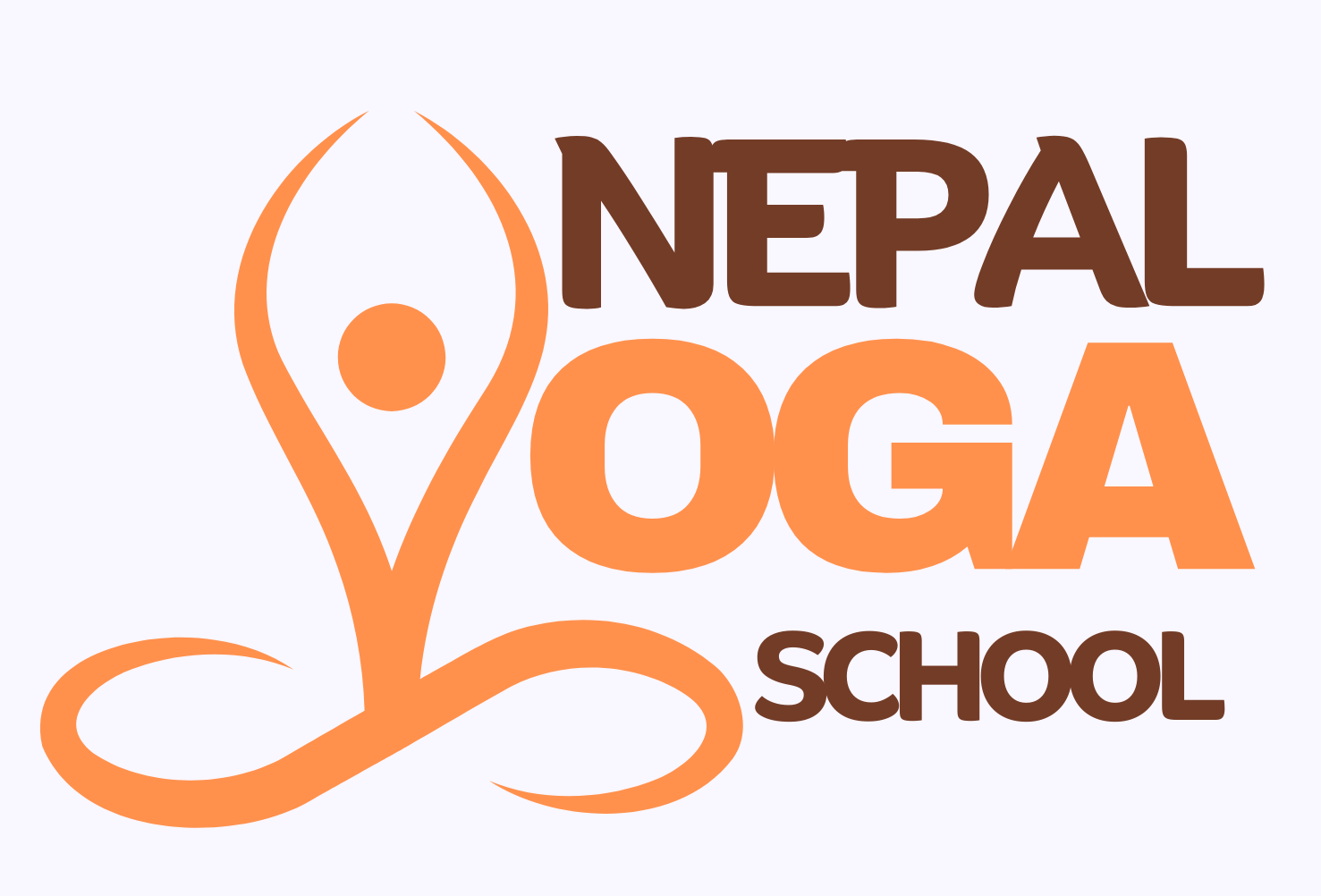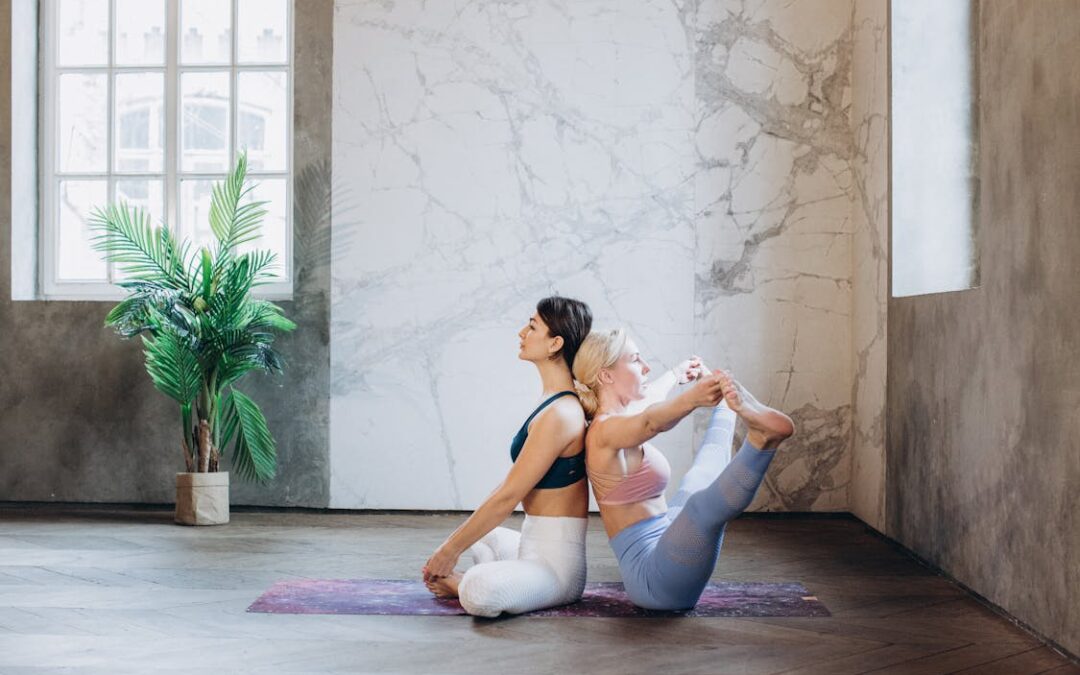Yoga for flexibility is a transformative practice that benefits people of all fitness levels. Whether you’re a beginner or an advanced practitioner, incorporating yoga for flexibility into your routine can help improve your overall physical and mental well-being. This practice involves a series of stretching poses designed to increase your range of motion, release tension, and promote relaxation.
One of the most significant benefits of practicing yoga for flexibility is the gradual improvement in your body’s ability to move freely and without pain. Many people suffer from stiffness and tight muscles due to sedentary lifestyles or repetitive movements. By dedicating time to yoga for flexibility, you can counteract these issues and enhance your daily life.
To start with yoga for flexibility, you don’t need any special equipment, just a mat and some comfortable clothing. Begin with simple poses and gradually move to more advanced stretches as your flexibility improves. Remember to listen to your body and never force a stretch beyond your comfort zone. Consistency is key in yoga for flexibility, so try to practice regularly, even if it’s just for a few minutes each day.
Forward Bend (Uttanasana)
A great pose to start with in yoga for flexibility is the Forward Bend (Uttanasana). This pose helps stretch the hamstrings, calves, and lower back. To perform this stretch, stand with your feet hip-width apart, bend at the hips, and reach towards your toes. If you can’t touch your toes, rest your hands on your shins or thighs. Hold the pose for several breaths, feeling the stretch along the back of your legs and spine.
Downward-Facing Dog (Adho Mukha Svanasana)
Another excellent pose in yoga for flexibility is the Downward-Facing Dog (Adho Mukha Svanasana). This pose stretches the shoulders, hamstrings, calves, and arches of the feet. Start on your hands and knees, tuck your toes under, and lift your hips towards the ceiling, forming an inverted V shape. Press your hands firmly into the mat and try to keep your heels touching the ground. Hold this position for a few breaths, and you’ll feel a deep stretch throughout your body.
Cat-Cow Stretch (Marjaryasana-Bitilasana)
The Cat-Cow Stretch (Marjaryasana-Bitilasana) is a gentle, flowing sequence that improves flexibility in the spine. Begin on your hands and knees, ensuring your wrists are directly under your shoulders and your knees are under your hips. Inhale and arch your back, lifting your head and tailbone towards the ceiling (Cow Pose). Exhale and round your spine, tucking your chin to your chest (Cat Pose). Repeat this sequence several times, synchronizing your breath with your movements.
Pigeon Pose (Eka Pada Rajakapotasana)
For those looking to deepen their practice of yoga for flexibility, the Pigeon Pose (Eka Pada Rajakapotasana) is an excellent choice. This pose targets the hip flexors and the glutes, which are often tight due to prolonged sitting. Start in a tabletop position, bring your right knee forward and place it behind your right wrist. Extend your left leg straight back. Lower your hips towards the floor, keeping your weight evenly distributed. You can stay upright or fold forward over your front leg for a deeper stretch. Hold the pose for several breaths before switching sides.
Cobra Pose (Bhujangasana)
Incorporating yoga for flexibility into your routine can also help alleviate chronic pain, especially in the back and neck. The Cobra Pose (Bhujangasana) is particularly beneficial for this. Lie on your stomach with your hands placed under your shoulders. Press into your hands to lift your chest off the floor, keeping your elbows close to your body. Hold the pose for a few breaths, feeling the stretch in your chest and the gentle compression in your lower back.
Seated Forward Bend (Paschimottanasana)
Another effective pose in yoga for flexibility is the Seated Forward Bend (Paschimottanasana). Sit on the floor with your legs extended straight in front of you. Inhale and lengthen your spine, then exhale and hinge at your hips to reach towards your toes. You can hold your feet, shins, or knees, depending on your flexibility. This pose stretches the hamstrings, lower back, and even the shoulders if you reach forward enough.
Extended Triangle Pose (Utthita Trikonasana)
For a full-body stretch, try the Extended Triangle Pose (Utthita Trikonasana). Stand with your feet wider than hip-width apart, turn your right foot out, and your left foot slightly in. Extend your arms parallel to the floor, then reach forward with your right hand and tilt your body to the right. Place your right hand on your shin, ankle, or the floor outside your right foot, and extend your left arm towards the ceiling. Hold for several breaths, then switch sides. This pose stretches the legs, hips, and torso, and helps improve overall balance and stability.
Child’s Pose (Balasana)
Yoga for flexibility is not only about physical benefits but also about mental relaxation and stress relief. The Child’s Pose (Balasana) is a restorative pose that helps to calm the mind and release tension in the back, shoulders, and chest. Start on your hands and knees, then sit back on your heels and lower your torso towards the floor. Extend your arms in front of you or alongside your body. Breathe deeply and allow your body to relax completely in this pose.
Bound Angle Pose (Baddha Konasana)
For those who spend long hours sitting, the Bound Angle Pose (Baddha Konasana) can be very beneficial. Sit with your legs extended, then bend your knees and bring the soles of your feet together. Hold your feet with your hands and gently press your knees towards the floor. This pose opens the hips and groin, promoting better circulation and flexibility in the lower body.
Bridge Pose (Setu Bandhasana)
Lastly, the Bridge Pose (Setu Bandhasana) is an excellent addition to your yoga for flexibility practice. Lie on your back with your knees bent and feet flat on the floor, hip-width apart. Place your arms by your sides with your palms facing down. Press into your feet to lift your hips towards the ceiling, creating a bridge with your body. This pose stretches the chest, neck, and spine while strengthening the back and glutes.
Conclusion
Yoga for flexibility is a versatile and accessible practice that offers numerous physical and mental benefits. By incorporating these stretching poses into your routine, you can improve your range of motion, release muscle tension, and promote overall well-being. Remember to practice regularly and listen to your body, adjusting poses as needed to suit your individual flexibility level. With time and consistency, you’ll notice significant improvements in your flexibility and overall health.

